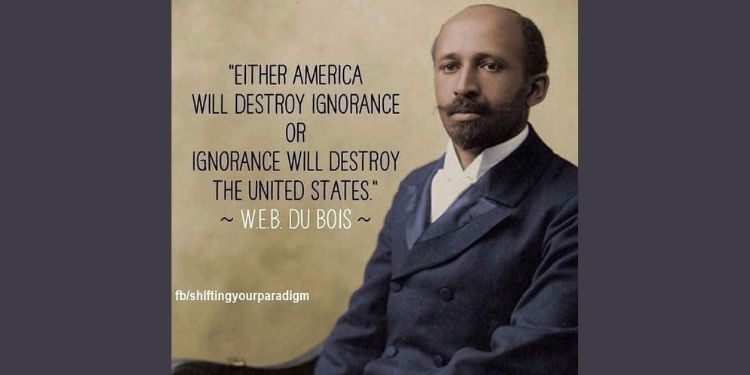According to Edward Said (1993), “. . . there is no just way in which the past can be quarantined from the present. Past and present inform each other, each implies the other . . .” We become heir to the past and all of the negative and positive effects that come with it. The past is never complete, for powerful social forces from long-ago shape the present and the future. We all need to become aware of who we are and what we want to be, and to distinguish ourselves as more than what political structures have said we are. Social and political structures have always deposited people in boxes or mazes, especially the poor, women, people of color, and other minorities, but no one is excluded. Even the wise have been deceived. Thus, the removal of racist symbols, confederate statues are not denials of the past or views of present-day eyes.
Like everyone else, political scientists and historians live in the present, and our work will always reflect current events, either explicitly or implicitly. There is no universal or “neutral” interpretation of the past, contrary to popular belief. For instance, the standard historical account of the United States is frequently distorted into narratives that reinforce racial stereotypes and undervalue the contributions of people of color. This was done with intent. Take for instance the works of historian Ulrich Bonnell Phillips, who was widely regarded as one of the South’s most influential historians during his lifetime. American Negro Slavery, published in 1918, was widely read and cited. However, it did not provide an “objective” historical analysis. Running against the norm, the book simply propagated bigoted generalizations about African Americans, and it assisted with supporting isolation and exclusionary regulations in the U.S. The author of “Lost Cause” sought to explain away the real cause of the Civil War which—slavery.
Black scholar, W.E.B. Dubois, mentioned this objective fact in his 1935 artful culmination, Black Reconstruction in America. In his final chapter, “The Propaganda of History,” he confronted the lies about the history of Reconstruction propagated by racist historians. His book was published to directly disproved the false narratives that were being presented by prominent white scholars of the Dunning School, which was named after Columbia University professor William Archibald Dunning. Dubois explained that the Dunning School studentswho portrayed racists as victims and the North as evil in their depiction of Reconstruction. The free and enslaved Black population was treated with “ridicule, contempt or silence” in their writings on the subject. This school used racial stereotypes of Black intellectual ability. These were early examples of falsely using the concept of “Presentism.” Using presentism in this manner is but an attempt to deny history that racist use to created false arguments.
The concerns that were prevalent at the time significantly influenced the Dunning School’s interpretation of the past. They used their racist writings about the past to justify the mistreatment of African Americans and give their white supremacy a false moral legitimacy. These historians’ research bolstered racial segregation and Jim Crow law in the United States in the early 20th century. Racist interpretations of Reconstruction, at the Dunning School, were used by white policymakers, educators, and others to perpetuate stereotypes and further restrict Black access to the public sphere. Dubois’s powerful response would almost certainly have been framed in the same way by scholars today who fell into the swamp of racism. We would continue to rely on the racist narratives of the white racists if it weren’t for scholars like Dubois.




